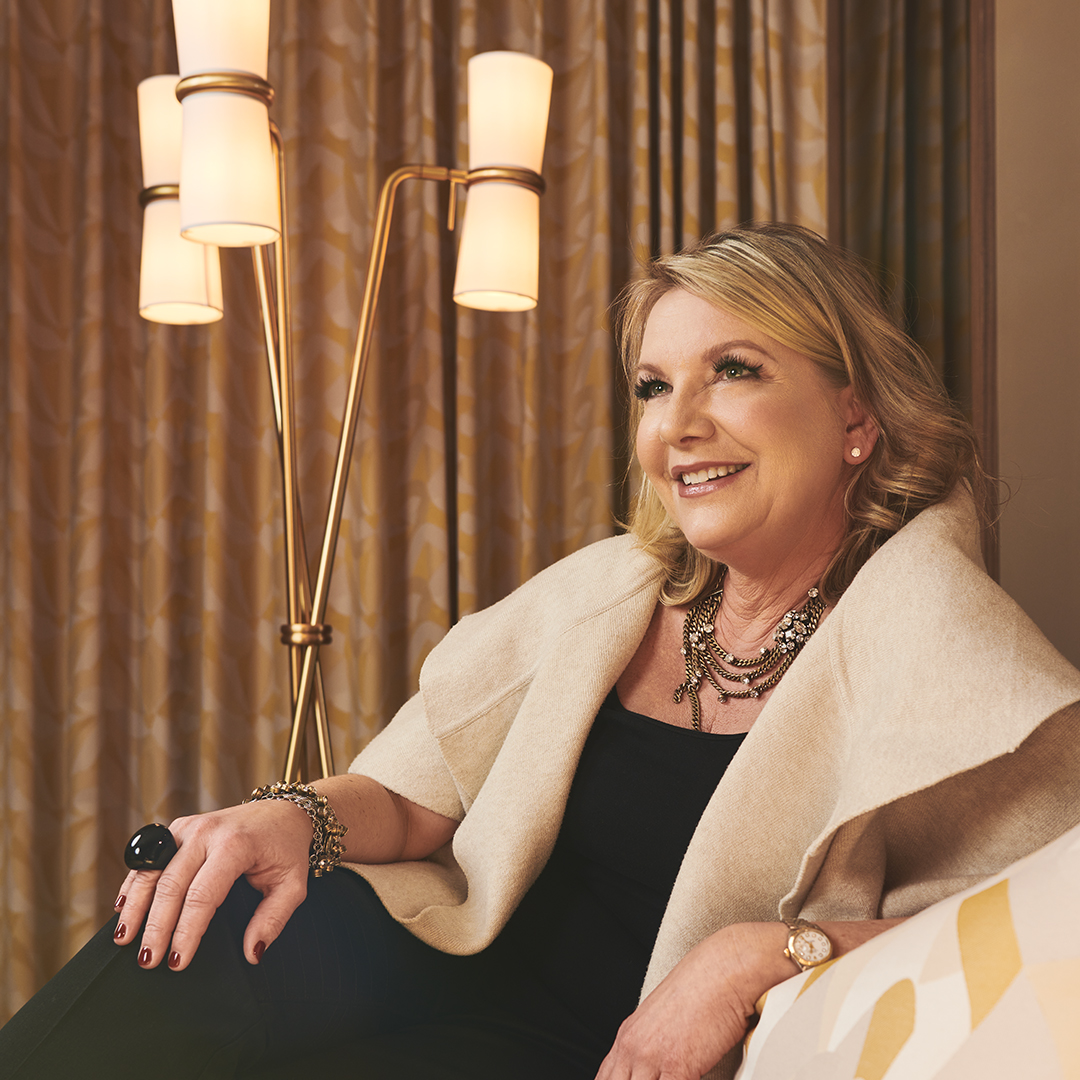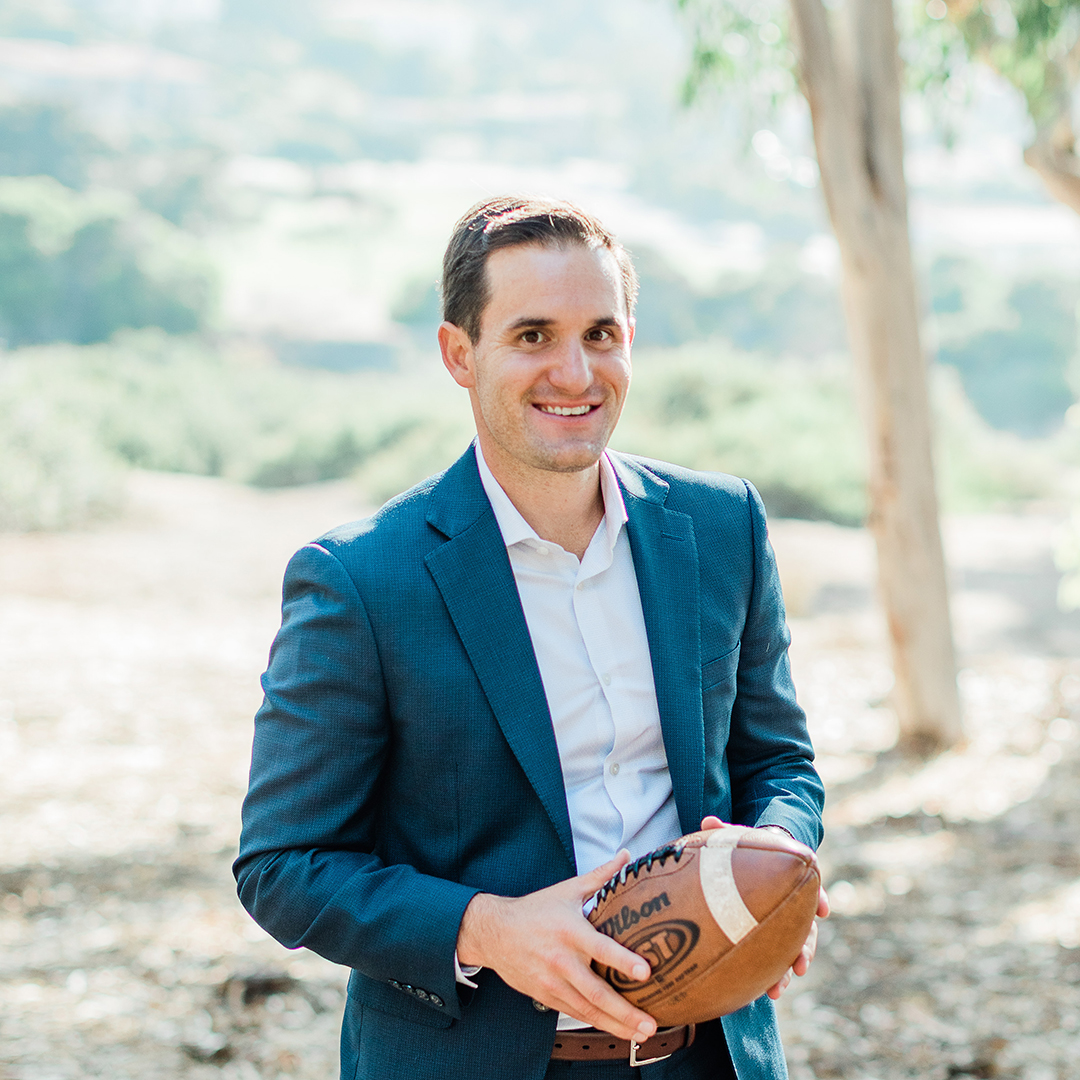|
Getting your Trinity Audio player ready...
|
Kathleen Dobson’s original plan was to be a nurse. She began her career in a hospital setting, working in the coronary care unit. Early on, she sustained a back injury on the job that wound up being the catalyst for a completely different trajectory. Eventually, it led to her current role as safety director at Alberici Constructors, where she protects workers from avoidable accidents like the one she suffered.
Shortly after getting hurt, Dobson was on workers’ compensation but eager to get back to her job. The hospital was reluctant to bring her back, given the types of accommodations they would need to make for her as a result of her injury. Dobson was hardly content to sit around, so she took a temporary position as the occupational nurse at a Vlasic Foods manufacturing facility, even though it would mean forfeiting her benefits.
The temporary role became a full-time permanent role, and she soon discovered that the scope of her responsibilities extended far beyond her job description. “I found that I was responsible for confined space entry permitting and supervising, aerial lift training, and other things which I knew nothing about,” Dobson recalls. Luckily for her company, she took the position with the seriousness that it deserved and sought out the necessary training to ensure the safety of the workers.
“Our [safety] efforts can be very synergistic if we work together as opposed to just having my own little component.”
The training opened up new opportunities for Dobson when Vlasic Foods began asking her to participate in audits in their manufacturing facilities all over the country. The expansion of her expertise made her an ideal safety supervisor candidate at Alberici Constructors, where she transitioned in 1999. She quickly worked her way up to safety director, where she now oversees multiple divisions across various states and occasional projects in Mexico and Canada.
Dobson’s role has grown and changed over the years as Alberici Constructors has expanded. She has built connections with other professionals at her company and in the safety industry at large and now benefits from collaboration on all safety-related matters. “Our efforts can be very synergistic if we work together as opposed to just having my own little component,” she says. “I can call up somebody at Federal OSHA and be able to talk to them about issues.
“I’ve always felt that people have the right to work safely,” Dobson continues. “Safety values revolve around planning work, communicating expectations, observing work, and making improvements.” Planning is paramount. The safety director adds that failure to plan or go the extra mile ahead of time could cost a project weeks on the other end.
“I’ve always felt that people have the right to work safely.”
Across her years of experience, Dobson has focused on safety issues that arise particularly for women, like equipment and supplies that use a one-size-fits-all strategy. However, in her attention to these problems, she has discovered that women’s issues are really all workers’ issues. “If you are a woman, those supplies are not going to fit you properly, but the same is true if you are a small-built man,” Dobson explains. “Then is there a potential for you to be in harm’s way. There are similar issues for large workers who don’t fit the mold.”
Not to mention the subtle sexism that emerges when there is equipment designed for women. “The first protective gear for women that came out was almost all in this awful shade of either pastel pink or hot pink,” Dobson says. “It’s a fine color, but you can tell that the people in those decision-making positions at the manufacturers were men.”
Women make up just under 10 percent of the entire construction industry, and the majority of these women occupy professional and management positions, according to a December 2018 report by the National Association of Women in Construction (NAWIC). The US Bureau of Labor Statistics reported in 2019 that women perform only 3.4 percent of field work. “We’re trying to move that decimal point way up . . . but that will definitely take some time. It has already taken way too long,” Dobson notes.
The safety director believes in being an advocate and an ally for other women who seek out careers in the construction industry. She is grateful for the support that she receives and for the opportunity to contribute through organizations like the NAWIC and the ASSP’s Women in Safety Excellence (WISE) Common Interest Group.
“We’re trying to move that decimal point way up [to increase the number of women in construction] but that will definitely take some time. It has already taken way too long.”
Dobson also recognizes the part that men can play in these organizations when they are willing to be champions for women, who remain underrepresented in the sector. “We welcome and support men who support us,” Dobson says. “NAWIC and WISE are obviously women-based groups, but if there are men who wish to be supporters, we don’t turn them away.”
Her male counterparts are quick to applaud her skills in the industry. “At FallTech, we depend on end-user interface and input to keep us on the cutting edge of safety and performance,” says John Anderson, FallTech’s strategic account manager for construction. “Kathi Dobson is one of the most vocal members of the national safety committees we attend, and she is first in line to participate in fall protection research and development.”
That kind of collaboration is key, according to Dobson. Given the current gender disparity in the construction industry, women do not always have other women whom they can look to for mentorship. Dobson would advise them not to get discouraged but to keep their eyes peeled for men who are willing to open doors for them.


